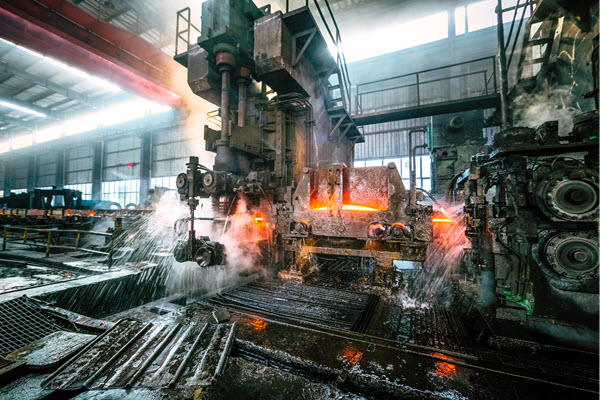- Why I recommend this OnePlus phone over the S25 Ultra - especially at this new low price
- I replaced my laptop with Microsoft's 12-inch Surface Pro for weeks - here's my buying advice now
- This palm recognition smart lock doubles as a video doorbell (and has no monthly fees)
- Samsung is giving these Galaxy phones a big One UI upgrade - here's which models qualify
- 7 MagSafe accessories that I recommend every iPhone user should have
How Does Digital Transformation Enable Sustainability?

Manufacturers can contribute to corporate and global sustainability goals by building an intelligent plant to better manage energy, waste, and materials. To accomplish this, they can employ new and better capabilities by:
- Extending the life and optimizing the use of legacy equipment through performance monitoring
- Monitoring inventory for consumables, packaging, and scrap
- Investing in emissions and wastewater monitoring and management systems
- Creating hybrid work models where employees can reduce or eliminate travel, while feeling safe and remaining healthy, and manufacturers can sustain productivity and retain talent
- Building a sustainable supply chain by identifying and working with suppliers who value sustainability; and
- Deploying “smart buildings” through automated environmental controls (using software and AI), monitoring of energy consumption and water usage, Power-over-Ethernet and DC Microgrids to reduce electrical waste, and health and safety monitoring systems.
Each of these can contribute to sustainability goals and are achievable through adoption of digital transformation.
Building a bridge to a sustainable smart factory.
A few months ago at Cisco IMPACT, we heard a powerful sustainability story from Cisco’s customer and partner, Yamazaki Mazak.
Yamazaki Mazak is a leading machine tool manufacturer and business pioneer, with over 100 years of experience. Mazak is adopting the Smart Factory in their operations and embedding Cisco industrial IoT devices in the machine tools they sell to their manufacturing customers. This allows them to be connected via the network and enables them to collect and visualize production data and identify inefficiencies.
Analyzing operation data improved the plant utilization rate and, by extension, the energy-saving performance of machine tools. Mazak was able to understand how much energy is consumed at which location, enabling data-driven solutions for achieving carbon neutrality and innovation in production.
These insights into production data and machines also provides asset visibility to allow Mazak to protect production facilities and machines from cyberattacks. Their ability to visualize the flow of goods in the production process and improve the efficiency in logistics have optimized production and achieved carbon neutrality at the same time.
The Mazak story illustrates a common theme:
Digital transformation can deliver operational efficiency, business and security resiliency, and sustainability!
Interested in getting started on your sustainability initiatives? Get started with the links below!
Share:

